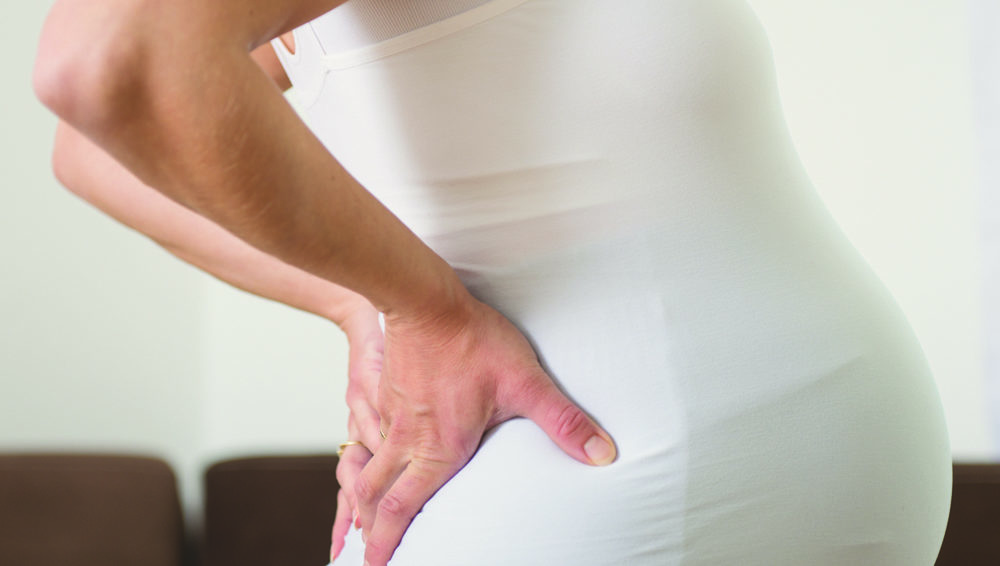Coping with pelvic pain
Yourself

Now that you’re in your 3rd trimester, you may start to experience pressure in your pelvic region.
This is because Your Child’s weight is pressing down on the nerves that run from your vagina into your legs.
Fortunately, pelvic pain is not harmful to your baby, but it can cause severe pain and make it difficult for you to get around.
Symptoms of pelvic pain
Different women have different symptoms, and the pain is worse for some women than others. Symptoms can include:
- Pain over the pubic bone at the front in the center
- Pain across one or both sides of your lower back
- Pain in the area between your vagina and anus
- Difficult to move your legs apart
For some women, the pain can also radiate to their thighs, and they may hear a clicking or grinding in the pelvic area. The pain can be most noticeable when you are walking, climbing stairs, or turning over in bed.
Who gets pelvic pain in pregnancy?
It’s estimated that pelvic pain affects up to one in five pregnant women to some degree.
It’s not known exactly why pelvic pain affects some women, but it’s thought to be linked to a number of issues including previous damage to the pelvis, pelvic joints moving unevenly, and the weight or position of the baby.
If you notice pain around your pelvic area, tell your doctor. These problems tend not to get completely better until the baby is born, but treatment can improve the symptoms.
Treatments for pelvic pain in pregnancy
Physiotherapy aims to ease pain, improve muscle function, and improve your pelvic joint position. This may include:
- Therapy to make sure the joints of your pelvis, hip, and spine move normally
- Exercises to strengthen your pelvic floor, stomach, back, and hip muscles
- Exercises in water
- Equipment such as crutches or pelvic support belts
- Pain relief
Coping with pelvic pain in pregnancy
Your physiotherapist may recommend a pelvic support belt to help ease your pain or crutches to help you get around. Some doctors also offer the following advice:
- Be as active as possible but avoid activities that make the pain worse
- Wear flat, supportive shoes
- Keep your knees together when getting in and out of a car
- Sleep in a comfortable position, for example, on your side with a pillow between your legs
- Try different ways of turning over in bed, for example, with your knees together and squeezing your buttocks
- Take the stairs one at a time or go upstairs backward
- Avoid standing on one leg when getting dressed
- Avoid bending and twisting to lift or carrying a baby on one hip
- Avoid crossing your legs
- Avoid lifting heavy
Labor and birth with pelvic pain
Many women with pelvic pain during pregnancy can have a normal vaginal birth. Plan ahead and talk about your birth plan with your birth partner, midwife, or doctor.
Verified:
Dr. Wanwadee Sapmee Panyakat (OB-GYN) (1 May 2022)



